12 Old Tourist Rules You Can Safely Ignore in 2025

Travel has shifted in the past few years. What used to be standard advice for tourists doesn’t always apply anymore. Some old “rules” were born from safety fears or outdated etiquette, but today’s travel landscape looks different. Technology, cultural openness, and evolving tourism trends have rewritten the playbook. Whether you’re exploring locally or flying abroad, it’s time to drop the habits that no longer serve you and travel smarter, freer, and with a modern sense of respect.
1. Always carry large amounts of cash

For decades, travelers were told to keep cash on hand in case cards failed. That advice made sense before reliable ATMs and digital wallets became global norms. Today, most destinations accept cards or mobile payments, even at small cafés and street markets. Carrying too much cash only increases theft risk. It’s smarter to have a small emergency stash and rely on secure payment apps or cards. Just inform your bank before you travel and use ATMs inside banks or airports for safety.
2. Book everything months in advance

This rule worked when travel was predictable and booking systems were slow. In 2025, flexibility often pays off. Airlines drop last minute deals, hotels release cancellations, and smaller stays thrive on same week bookings. Of course, you still need to book early for peak season or limited experiences, but for most trips, it’s better to keep options open. Dynamic pricing tools and alert apps make spontaneous travel more affordable than rigid pre planning.
3. Avoid public transportation abroad
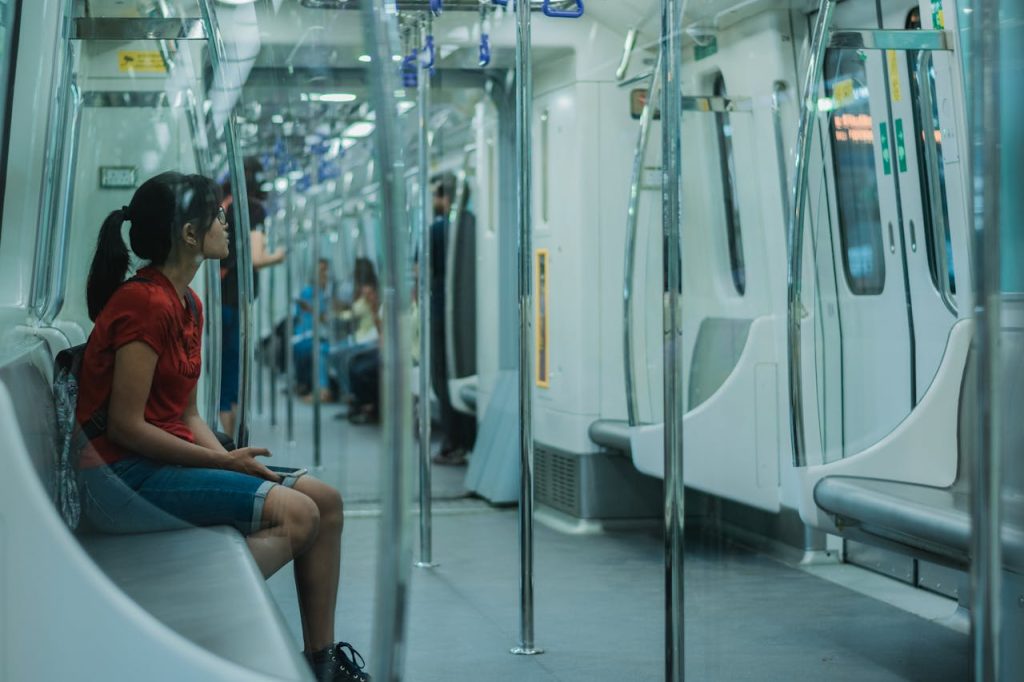
Old travel guides warned tourists to skip buses and metros due to safety or confusion. That’s outdated advice. Most major cities now have clean, efficient, and app-integrated systems. Translation features, digital maps, and contactless payments make navigating foreign transit simple. Public transport isn’t just safe; it’s often faster and far cheaper than taxis or rideshares. Plus, you’ll experience daily local life rather than staying sealed off from it.
4. Stick strictly to the tourist zones
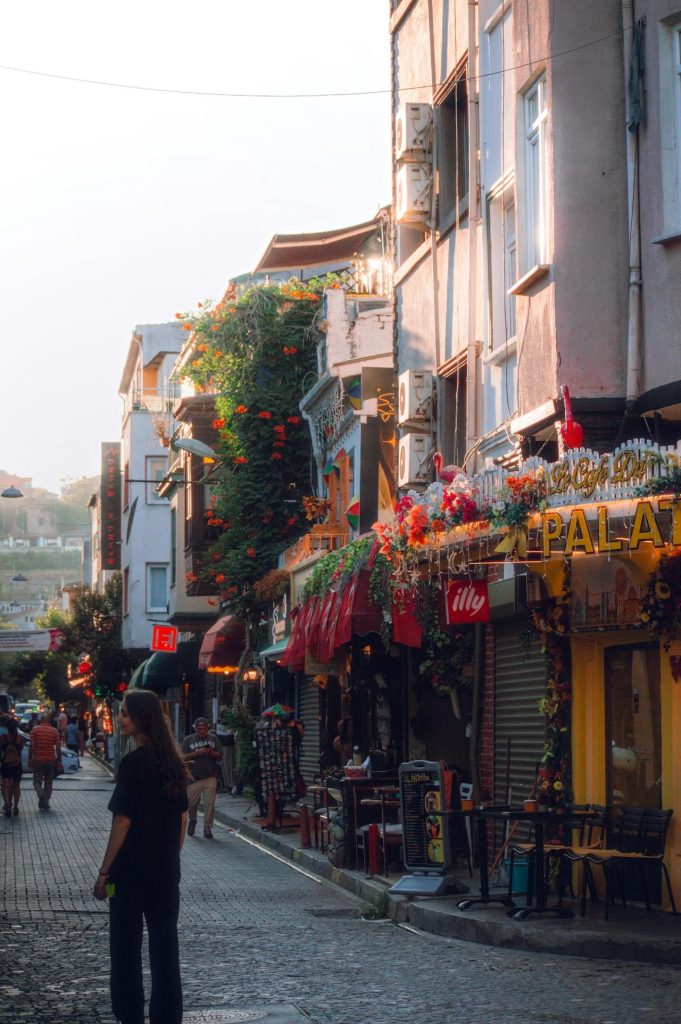
In the past, guides pushed travelers toward main attractions and “safe” districts. That mindset cuts you off from the most interesting parts of travel. Local neighborhoods, markets, and small museums offer richer insight and better prices. With real-time navigation and review apps, you can explore confidently while avoiding truly unsafe areas. The rule now isn’t to avoid locals but to engage respectfully and remain aware of your surroundings.
5. Always use traveler’s checks
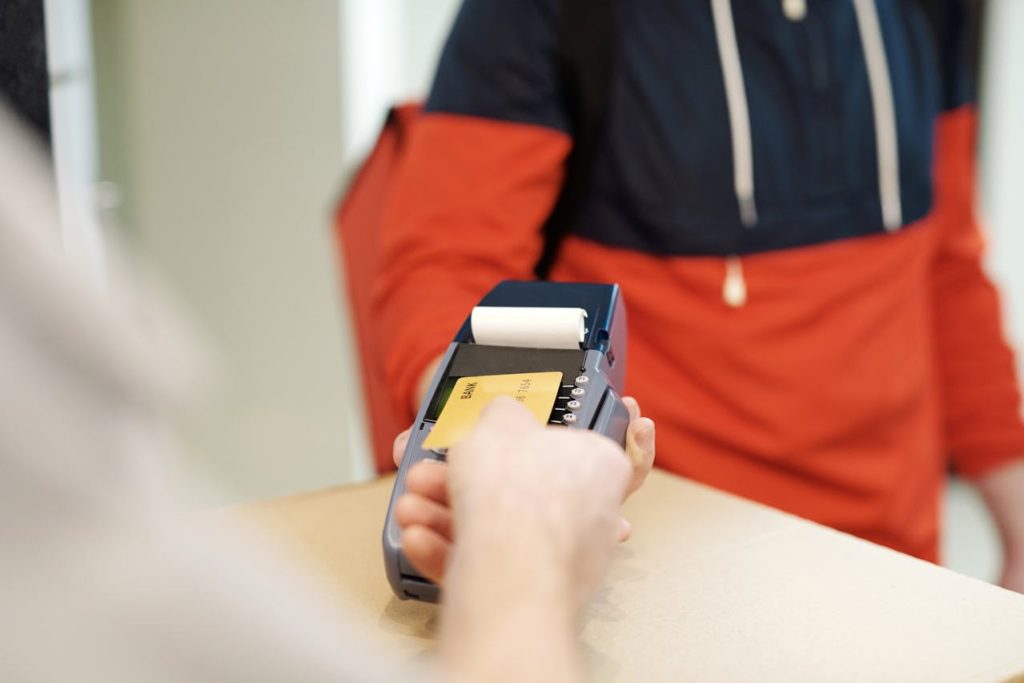
Traveler’s checks were once a safeguard against lost money, but in 2025, they’re more hassle than help. Few banks still cash them, and most businesses have moved to digital payments. Carrying a backup card or mobile wallet offers better protection and instant replacement if something goes wrong. If you’re worried about fraud, use virtual cards or prepaid options that can be locked remotely instead of clunky paper checks.
6. Dress to blend in perfectly with locals

Older advice insisted on copying local dress codes to avoid standing out. While respect for culture remains essential, “blending in” is often unnecessary. Most destinations are used to diverse travelers, and fashion has become globally mixed. The key is dressing modestly when appropriate and checking for local taboos, not trying to disguise yourself. Comfort, weather, and practicality matter far more than rigid conformity.
7. Print every document and boarding pass
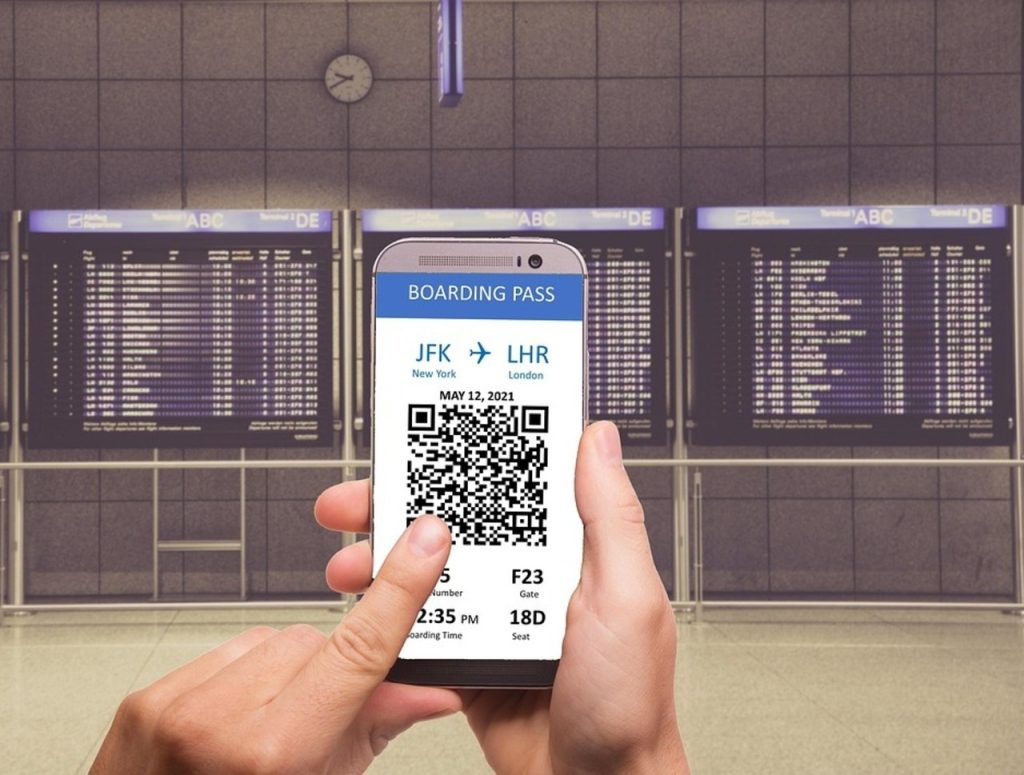
Travelers once carried folders of printed tickets, itineraries, and hotel confirmations. That’s now redundant. Most airports, hotels, and border controls accept digital versions through official apps or QR codes. Keeping everything on your phone, synced to the cloud, saves time and clutter. The only exception is when visiting regions with unreliable internet, where having one printed backup for critical documents is still smart.
8. Avoid street food for safety
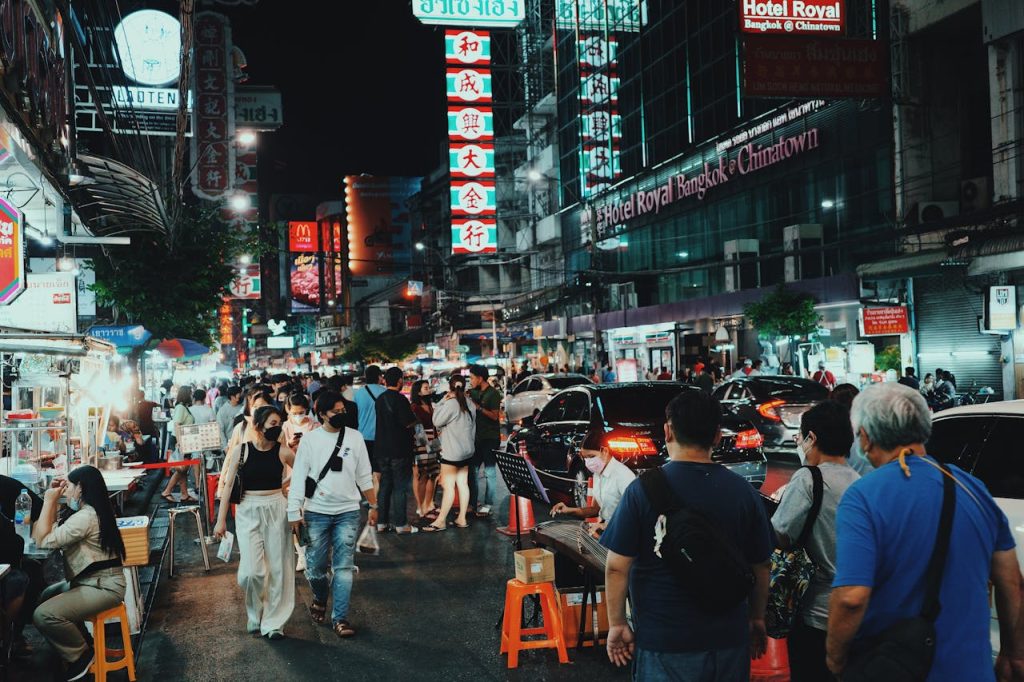
This outdated warning still lingers, but most street vendors maintain high hygiene standards. Locals eat there daily, and turnover is fast, meaning fresher food. A crowded stall is often a sign of quality. Instead of avoiding street food, watch how it’s prepared and choose places with visible cleanliness. Some of the world’s best meals cost just a few dollars and come from street corners, not five-star kitchens.
9. Only eat food you recognize

Travel was once treated like a checklist, not an experience. Avoiding local dishes meant missing the best part of a culture. Food tourism now thrives because trying the unfamiliar connects you to a place in a genuine way. With translation apps, reviews, and allergy filters, it’s easy to eat safely while exploring new flavors. A little curiosity at the table often leads to the most memorable stories.
10. Avoid visiting popular landmarks

There’s a growing myth that true travelers skip “touristy” places. But icons like the Eiffel Tower or Grand Canyon are famous for a reason. The trick isn’t to avoid them but to visit differently early mornings, off season, or with local guides who add context. Skipping landmarks altogether doesn’t make a trip authentic; how you experience them does. Balance is what matters.
11. Don’t use your phone in public

Old-school travelers claimed phones marked you as a target. Today, everyone uses them. Translation tools, maps, and safety alerts make smartphones essential travel gear. Using your phone wisely without flashing it carelessly helps you stay informed and connected. It’s no longer rude or risky to check a route on your screen in public; it’s normal, practical, and often safer than wandering lost.
12. Always book through traditional travel agents

Travel agents once had exclusive access to deals and information. Now, online tools put everything at your fingertips. Direct booking often means better prices, flexible cancellations, and transparent reviews. That said, agents still have value for complex trips or cruises, but for most travelers, DIY planning is faster and cheaper. Learning to research and book confidently is part of the modern travel skill set.





